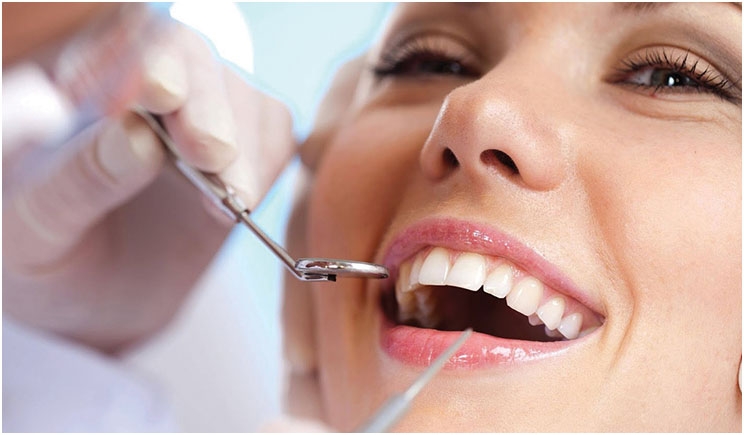
We’re noticing a trend in dental practices that is a bit concerning. When we perform practice analyses, many practices are mistaking busyness for productivity. This is partly due to a lack of understanding of the true definition of productivity and partly due to changes in insurance reimbursements that are causing dentists to see a higher volume without improving efficiency.
These dentists often think that this level of busyness is exhausting and stressful, yet they feel great about how highly productive they believe they are. Unfortunately, nothing could be further from the truth. Busyness is simply having lots of things to do. Productivity, on the other hand, is focusing on maximizing the use of time to get the best results in any endeavor, including the financial performance of the practice.
Production Per Hour
One of the single most important statistics that we evaluate in either a practice analysis or management consulting program is production per hour. Production per hour is an excellent measure of how a practice is performing, whether it is improving, flat, or declining in performance, and measure of productivity in the practice. Unfortunately, when asked, very few dentists are able to immediately articulate anything about this most critical practice statistic.
We see practices that range from producing $150 an hour all the way to almost $1,500 an hour or even higher. However, the real question is not whether you are higher or lower than someone else in production per hour, but where you stand relative to where you have been in the past.
Dentistry must be about continual improvement in both clinical treatment and productivity. But while most dentists become more effective and efficient clinically, they don’t receive enough business education to understand practice strengths, weaknesses, opportunities, and threats, all of which have an impact on production per hour.
Consider this example from a new client we enrolled seven months ago. Their production per hour had dropped by 15% when the main insurance plan in which they participated reduced reimbursements by 17% to a PPO level. This came as a complete shock to the dentist/owner.
In our experience, all dental insurance plans will inevitably drop down to the PPO level, and we advise all practices to prepare themselves for it. It’s a mistake to wait until the dental plan changes reimbursements and then scramble to try to figure out what to do. It can take up to a year or more to re-engineer dental practice systems to deal with lower insurance reimbursements. This means that the practice could suffer an almost two-year decline in production per hour.
The first thing we did to help our client was to plot production per hour over the last three years and estimate production per hour over the next two years if no changes were made. We then began to estimate what effect specific systems changes to increase productivity would have on the production per hour of the practice at the new lower reimbursement levels. We were able to increase the production per hour on paper by 35% within 14 months. After putting this plan into live action, production per hour increased by 26% after six months.
It’s All in the Schedule
Production per hour and the scheduling system go hand in hand. However, the scheduling system cannot be about just filling in holes. There needs to be specific block designations for minimum production and to allow for high levels of efficiency and lower stress.
It’s a mathematical process. You need to evaluate the number of patients in the practice, number of appointments needed per day, services provided, average production per patient, average production per new patient, and production per hour.
All of these mathematical factors then need to be calculated into the new scheduling system to ensure that the target production per hour is now being met. The front desk staff needs to be trained to track daily goals intensively throughout the day, evaluate progress at the end of each day, and report in the morning meeting every morning.
When the scheduling system is put in place and the practice works toward following the schedule and policies, production per hour will almost always rise to meet projected goals. Certainly, there can be unrealistic goals. But when goals are set with a level of clarity based on previous historic performance and an understanding of what a production block schedule will achieve, production per hour almost always increases and often by a significant amount.
Summary
Time and time again we have seen practices that believe they are maxed out in the schedule when they’re only at 60% to 65% of scheduling capacity. Dentists only have a certain amount of time per day, and that time can never be recovered. It is critical to maximize the use of time, and the starting point is to understand production per hour. Being busy does not always mean you’re being productive.
Dr. Levin is a third-generation general dentist and the CEO of Levin Group, a leading dental management consulting firm. Founded in 1985, Levin Group has worked with more than 30,000 dental practices. Dr. Levin is one of the most sought-after speakers in dentistry and is a leading authority on dental practice success and sustainable growth. Through extensive research and cutting-edge innovation, Dr. Levin is a recognized expert on propelling practices into the top 10%. He has authored 65 books and more than 4,000 articles on dental practice management and marketing. To contact Dr. Levin, email rlevin@levingroup.com.
Related Articles
How to Cut Patient Attrition by 50%
Three Things You Should Never Do in Front of a Patient
Four Things Your Staff Should Do Every Day











